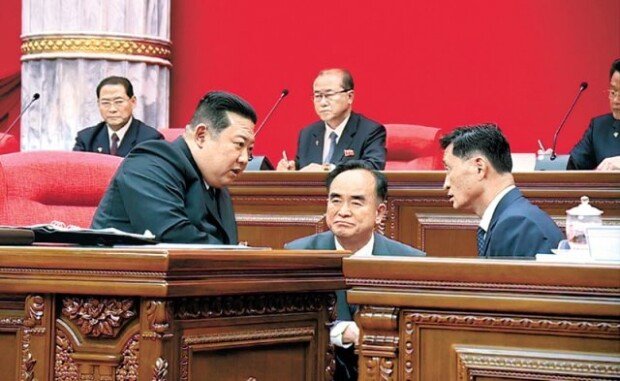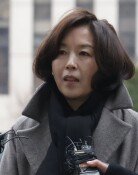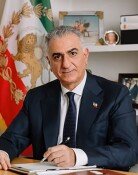S. Korea, U.S., Japan agree to expand anti-N. Korea drills
S. Korea, U.S., Japan agree to expand anti-N. Korea drills
Posted June. 13, 2022 07:55,
Updated June. 13, 2022 07:55

The defense ministers of South Korea, the U.S. and Japan have met in person for the first time in two years and seven months and reached a surprise agreement on collaboration against North Korea, including missile warning drills, and the normalization of drills for detection and tracing of ballistic missiles. Against this backdrop, the North has reused the expression ‘struggle against enemy’ for South Korea for the first time in two years. North Korean leader Kim Jong Un declared “the principle of head-to-head struggle” while making it clear that Pyongyang will seek to advance its missile and nuclear capabilities. With the North’s seventh nuclear test imminent, the structure of rivalry between South Korea, the U.S. and Japan versus North Korea has become clearer, tension is escalating rapidly towards a crisis around the Korean Peninsula.
South Korean Defense Minister Lee Jong-seop held a defense ministers’ meeting with U.S. Defense Secretary Lloyd Austin and Japanese Defense Minister Nobuo Kishi on Saturday in Singapore where the 19th Asian Security meeting (Shangri-La Dialogue is Asia). The three ministers have agreed to regularize missile warning drills conducted in battleships stationed in their own waters and drills for missile detection and tracing in the Pacific Ocean and to make the drills public. Previously the drills were set to be conducted quarterly in principle, but they have failed to take place as scheduled, and the three countries didn’t disclose to the public even when they carried out drills in the wake of shifting in 2018 of the mood to one of dialogues between the two Koreas and between North Korea and the U.S. The three countries have also decided to expand the scale of the drills based on the intensity and type of the North’s provocations.
At a meeting between South Korean and U.S. defense ministers, which took place before the three-way meeting, the two ministers discussed about ways of joint responses concerning deterrence of the North’s proliferation, including rapid mobilization of the U.S.’ strategic assets in case the North conducts its seventh nuclear test. In addition, the two ministers reportedly agreed to expand the scale of South Korea-U.S. joint military drills, which was scaled down by the Moon Jae-in administration, to include actual mobilization drills by South Korea and the U.S.
North Korea’s official news outlets mentioned in unison on Sunday the conclusion of a general meeting of the North’s ruling Workers’ Party’s Central Committee, which took place on Wednesday and Thursday last week, saying, “Principles that should be followed and tactical directions in struggle against the enemies and foreign business were declared.” The meeting significantly escalated the level of tension by changing the expression ‘North-South Korea relations’ used at its fourth general meeting five months ago to ‘struggle against enemies.”
“The right to self-defense itself is the matter of protection of national sovereignty,” North Korean leader Kim said. “We will not make concession even an inch when preserving our sovereignty,” suggesting “the principle of head-to-head struggle.” The North also conducted a personnel reshuffle, and named Choe Son Hee an expert on the U.S. and Ri Son Kwon as chief of the Unification Front Department that is responsible for inter-Korean issues. Ri is the very person who caused controversy by telling visiting South Korean business tycoons “how come you can swallow naengmyeon noodle (amid this situation)” right in front of them during the inter-Korean summit in September 2018. A source in the South Korean government said, ”The very fact the North appointed the two persons who are considered hardliners against the South to key positions was North Korea’s reaffirmation of its hardline stance.”
niceshin@donga.com







